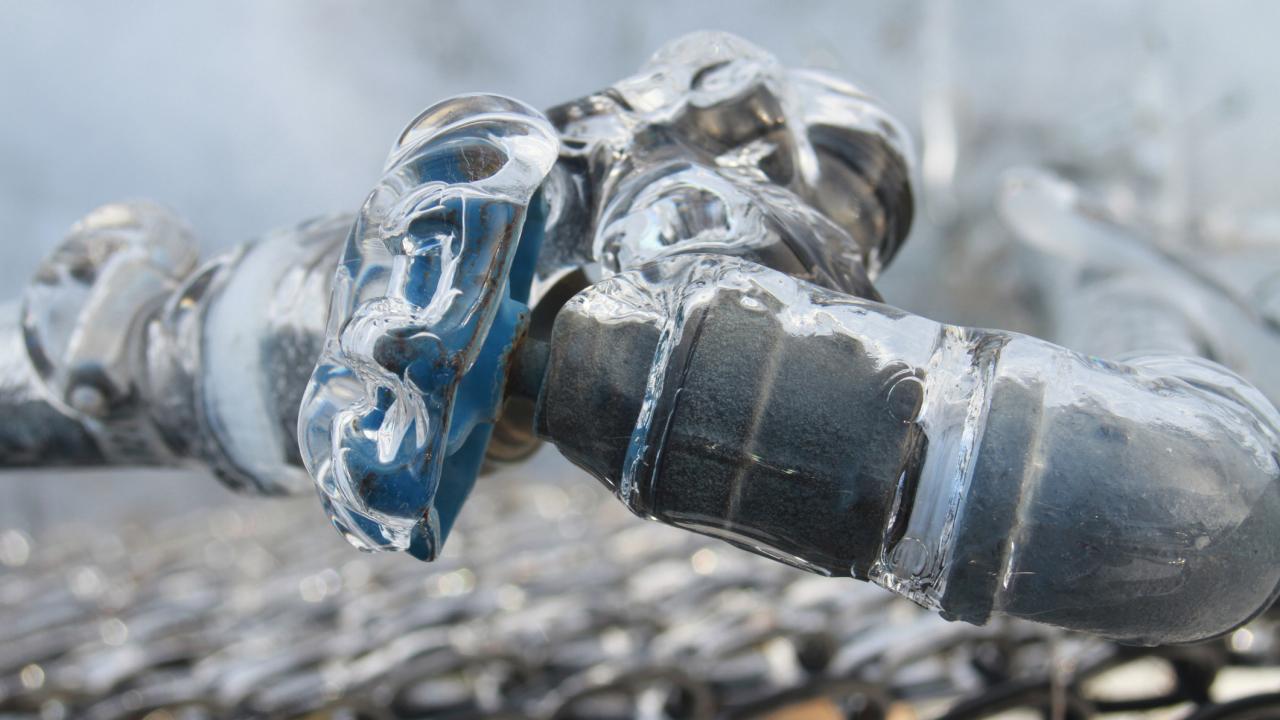Protecting Against Frozen Plumbing in Cold Weather: Key Strategies
Protecting Against Frozen Plumbing in Cold Weather: Key Strategies
Blog Article
Just about everyone will have their own individual piece of advice with regards to How to prepare your home plumbing for winter weather.

Cold weather can wreak havoc on your plumbing, specifically by freezing pipes. Below's just how to avoid it from happening and what to do if it does.
Intro
As temperature levels drop, the threat of frozen pipelines increases, potentially leading to pricey repairs and water damages. Understanding exactly how to avoid frozen pipelines is crucial for home owners in cool climates.
Prevention Tips
Shielding prone pipes
Cover pipes in insulation sleeves or use warmth tape to safeguard them from freezing temperature levels. Focus on pipelines in unheated or outside locations of the home.
Heating strategies
Keep indoor areas properly warmed, especially locations with plumbing. Open up cabinet doors to enable cozy air to circulate around pipelines under sinks.
How to determine icy pipelines
Try to find lowered water flow from faucets, uncommon smells or sounds from pipes, and visible frost on revealed pipes.
Long-Term Solutions
Structural changes
Consider rerouting pipes away from exterior wall surfaces or unheated areas. Add additional insulation to attics, cellars, and crawl spaces.
Updating insulation
Purchase high-grade insulation for pipes, attics, and wall surfaces. Correct insulation aids preserve constant temperatures and lowers the danger of frozen pipes.
Securing Exterior Pipes
Yard pipes and exterior taps
Detach and drain pipes garden tubes before wintertime. Install frost-proof spigots or cover outside faucets with insulated caps.
Recognizing Frozen Pipelines
What causes pipelines to freeze?
Pipelines freeze when revealed to temperatures listed below 32 ° F (0 ° C) for expanded periods. As water inside the pipelines freezes, it broadens, taxing the pipeline walls and possibly creating them to rupture.
Threats and damages
Frozen pipelines can lead to water system disruptions, property damage, and costly fixings. Ruptured pipes can flooding homes and trigger extensive structural damage.
Indications of Frozen Piping
Identifying icy pipes early can prevent them from breaking.
What to Do If Your Pipelines Freeze
Immediate actions to take
If you think frozen pipes, keep faucets open up to soothe stress as the ice melts. Utilize a hairdryer or towels taken in warm water to thaw pipes slowly.
Conclusion
Preventing icy pipelines needs aggressive actions and quick actions. By recognizing the reasons, indicators, and safety nets, house owners can shield their pipes throughout cold weather.
5 Ways to Prevent Frozen Pipes
Drain Outdoor Faucets and Disconnect Hoses
First, close the shut-off valve that controls the flow of water in the pipe to your outdoor faucet. Then, head outside to disconnect and drain your hose and open the outdoor faucet to allow the water to completely drain out of the line. Turn off the faucet when done. Finally, head back to the shut-off valve and drain the remaining water inside the pipe into a bucket or container. Additionally, if you have a home irrigation system, you should consider hiring an expert to clear the system of water each year.
Insulate Pipes
One of the best and most cost-effective methods for preventing frozen water pipes is to wrap your pipes with insulation. This is especially important for areas in your home that aren’t exposed to heat, such as an attic. We suggest using foam sleeves, which can typically be found at your local hardware store.
Keep Heat Running at 65
Your pipes are located inside your walls, and the temperature there is much colder than the rest of the house. To prevent your pipes from freezing, The Insurance Information Institute suggests that you keep your home heated to at least 65 degrees, even when traveling. You may want to invest in smart devices that can keep an eye on the temperature in your home while you’re away.
Leave Water Dripping
Moving water — even a small trickle — can prevent ice from forming inside your pipes. When freezing temps are imminent, start a drip of water from all faucets that serve exposed pipes. Leaving a few faucets running will also help relieve pressure inside the pipes and help prevent a rupture if the water inside freezes.
Open Cupboard Doors
Warm your kitchen and bathroom pipes by opening cupboards and vanities. You should also leave your interior doors ajar to help warm air circulate evenly throughout your home.
:strip_icc()/snow-outdoor-faucet-pipes-4af65d1e5e904fb1aa7bf74071fe5d89.jpg)
We were shown that editorial on Helpful Tips to Prevent Frozen Pipes this Winter from a pal on our other web property. Make sure you take a moment to share this content if you liked it. Thank you so much for your time invested reading it.
Book Appointment Report this page